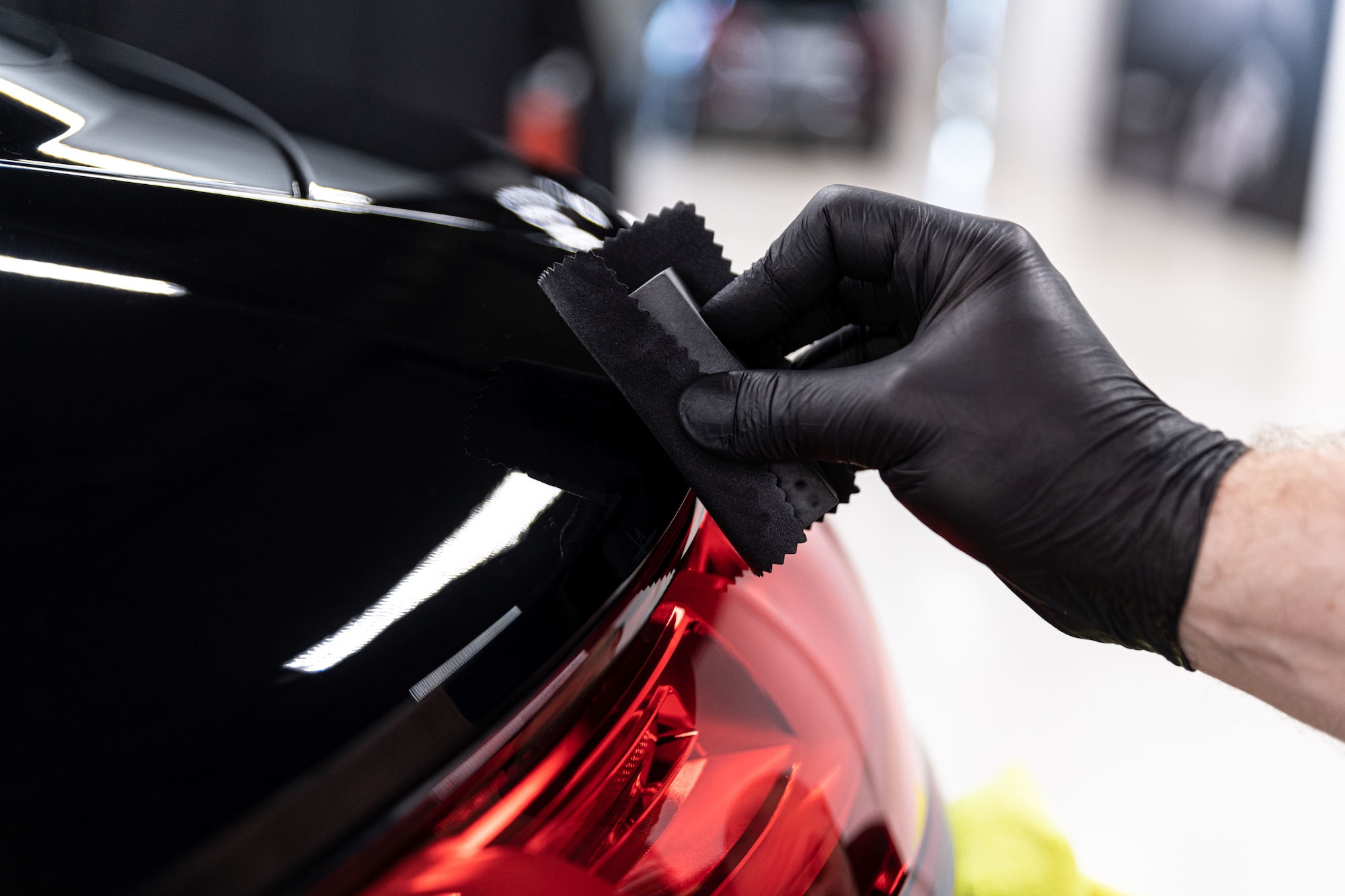Will US Car Tariffs Lead to Higher Car Prices
Will US Car Tariffs Lead to Higher Car Prices buckle up, car enthusiasts and curious consumers alike. There’s a fascinating shake-up rolling through the American auto landscape, and it’s all about tariffs. That’s right—those little taxes on imported goods that don’t usually make headlines unless they’re rattling wallets. Now, they’re stirring up some major ripples in showrooms across the United States. At the heart of this high-octane debate is a question that affects almost everyone: Will car tariffs and price increase trends drive up the cost of vehicles in the U.S.? Let’s hit the gas and explore what’s really going on.

A Quick Pit Stop: What Are Car Tariffs?
Before diving into the dollars and cents, it helps to know what tariffs are. In essence, tariffs are taxes placed on imported goods, and when it comes to cars, they can significantly affect both foreign-made vehicles and imported auto parts used in American-made cars. It’s not just about finished vehicles—it’s about transmissions, sensors, aluminum, steel, and a whole lot more.
When tariffs go up, so do the costs for manufacturers who rely on these components. And where do those extra costs go? Often, straight into the MSRP of the final product. That’s where the connection between car tariffs and price increase becomes more than just economic theory—it becomes a sticker shock reality.
What’s Driving the Tariff Push?
Tariffs are often introduced as part of broader economic strategies. In recent years, U.S. administrations have explored car tariffs to protect domestic manufacturers, create leverage in trade negotiations, or even address national security concerns. The argument goes something like this: by taxing foreign competition, domestic industries get a boost.
But protectionism can be a double-edged sword. While it might help factories in Michigan or Ohio, it can hurt dealerships, parts suppliers, and consumers across the country. And in the auto world, every cog in the machine matters.
How Car Prices Could Shift Gears
Let’s get to the heart of the matter: Will car tariffs and price increase trends make buying a car in the U.S. more expensive?
Short answer? Likely, yes. Here’s why:
1. Imported Cars Will Carry Heavier Price Tags
If tariffs are imposed on vehicles from Europe, Asia, or even neighboring countries like Mexico or Canada, the price of those vehicles will increase to absorb the added tax. Carmakers don’t typically swallow those costs—they pass them along.
So if you’re eyeing a zippy German sedan, a sleek Japanese SUV, or a stylish Korean crossover, you might notice your dream car suddenly costs thousands more than before.
2. American-Made Cars Aren’t Immune
Think domestic brands are safe? Not quite. Even “Made in America” vehicles often rely on a global supply chain. A Ford truck might have parts from Canada, seats from Mexico, and electronics from Asia.
So when tariffs are slapped on parts, the costs ripple through. Assembling a car becomes more expensive, even if it rolls off an American assembly line. That leads to—you guessed it—price hikes.
3. Used Car Prices Could Climb Too
Here’s a curveball: even used cars can feel the heat from car tariffs and price increase trends. As new car prices rise, demand for used vehicles often surges. More demand, limited supply? Classic economic squeeze. Prices climb.
Dealerships are already seeing tighter inventories of affordable used vehicles, and that’s making even decade-old models look like hot commodities.
Industry Voices Ring the Alarm
Auto industry leaders aren’t staying quiet. The Alliance for Automotive Innovation, which represents major automakers, has been vocal about the potential consequences. They argue that tariffs could lead to job losses, reduced innovation, and—most importantly for consumers—a price spike that could freeze many Americans out of the car-buying market.
Imagine trying to stretch your budget for a reliable sedan, only to find out it costs $3,000 more this year because of tariff policy. That’s not just annoying—it’s economically limiting for millions of families.
The Ripple Effect: Beyond the Showroom
Let’s zoom out a little. The car tariffs and price increase conversation isn’t confined to dealerships and car buyers. It creates ripple effects across multiple sectors:
- Car repair shops could see higher parts costs, translating to pricier repairs.
- Rental companies may delay fleet upgrades, affecting service quality and availability.
- Transportation costs for businesses could rise, subtly pushing up the price of goods and services everywhere—from grocery stores to online retailers.
So while it may start with a simple bump in vehicle prices, the dominoes can fall in unexpected directions.
A Tale of Two Economies: Winners and Losers
Tariffs rarely create pure winners or losers—they shift the economic landscape in complex ways. However, let’s look at some of the groups that could benefit (and those who might not):
Winners:
- Domestic auto parts manufacturers may see increased demand if companies try to reduce reliance on imports.
- American factories that don’t rely on foreign parts could become more competitive.
- Local dealerships for U.S. brands may see a sales bump—at least temporarily.
Losers:
- Consumers, who will likely face higher costs regardless of what they buy.
- Import-heavy automakers, like BMW or Toyota, whose operations rely on global logistics.
- Auto mechanics, who may pay more for imported parts and pass that on to customers.
Could Innovation Take a Hit?
It’s not just prices that are at stake. Tariffs could indirectly stifle innovation in the auto industry. Automakers juggling higher production costs may tighten R&D budgets. That could mean delays in electric vehicle development, autonomous driving tech, or advanced safety features.
If the goal is to push the U.S. auto industry forward, some argue that financial strain could cause it to stall instead.
Are There Alternatives to Tariffs?
Plenty of economists and trade experts advocate for alternative solutions to bolster domestic manufacturing:
- Incentives and subsidies for U.S.-based production
- Trade agreements that address unfair practices without penalizing consumers
- Investments in workforce development to attract skilled labor into the auto sector
These alternatives aim to achieve the same goals—stronger American industry—without the side effect of ballooning car prices.
A Global Game: Tariffs and Retaliation
International trade is never a one-way street. When the U.S. imposes tariffs, other countries often respond in kind. That means American-made vehicles exported abroad could face their own price hikes, reducing their competitiveness in global markets.
It’s a feedback loop. If every country raises tariffs, global trade slows down. Prices go up. Profits shrink. Consumers worldwide pay the price.
What Can Buyers Do?
In this unpredictable environment, it’s easy to feel powerless. But car buyers still have options:
- Buy sooner rather than later. If tariffs are looming, prices could rise in the near future.
- Explore domestic brands. While not immune, they may be less affected by global part tariffs.
- Consider electric vehicles. Some qualify for tax credits that can offset rising prices.
- Negotiate smartly. Dealerships are aware of shifting trends—they may be willing to deal to close a sale.
The Road Ahead
So, will car tariffs and price increase trajectories drive up prices for everyone? In all likelihood, yes. The data points in that direction. But the extent depends on how tariffs are implemented, what exemptions are included, and how manufacturers respond.
One thing’s for sure: the U.S. auto market is at a crossroads. And the direction it takes will shape everything from the affordability of your next ride to the future of automotive technology itself.
As the engines of policy, profit, and production roar on, it pays to stay informed—and stay flexible. Because in the ever-shifting landscape of car buying, a little awareness can go a long way.








